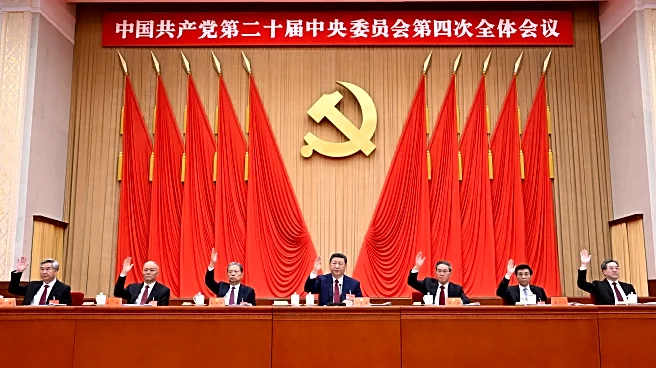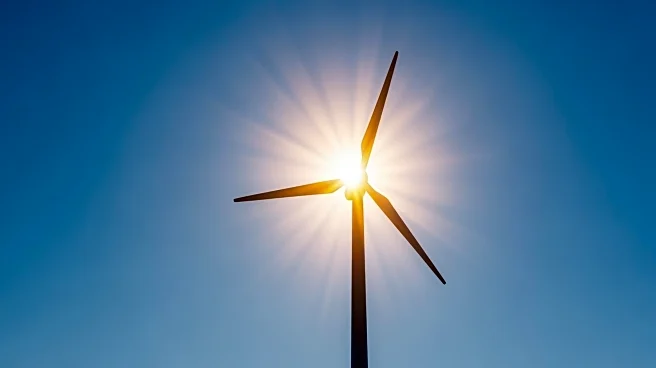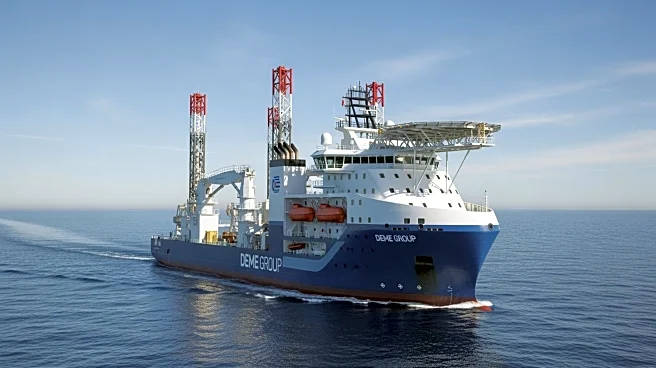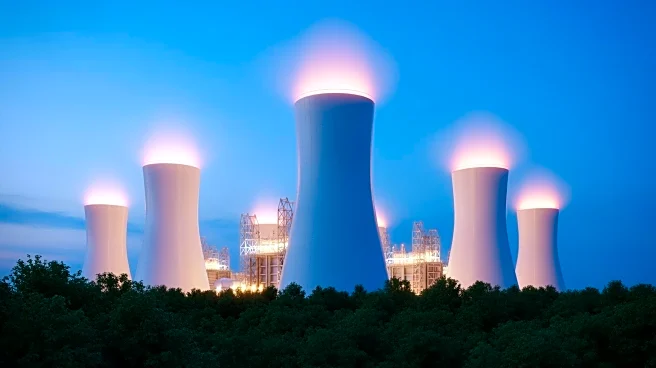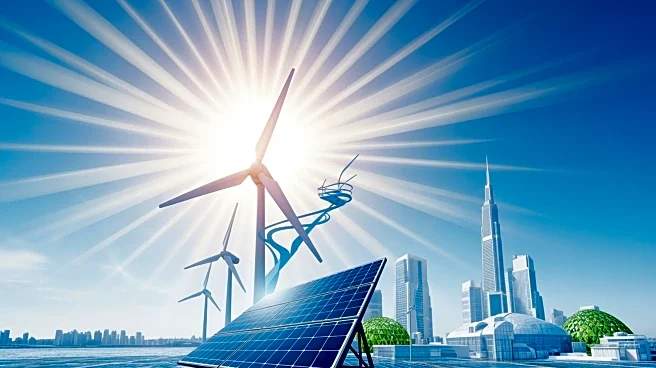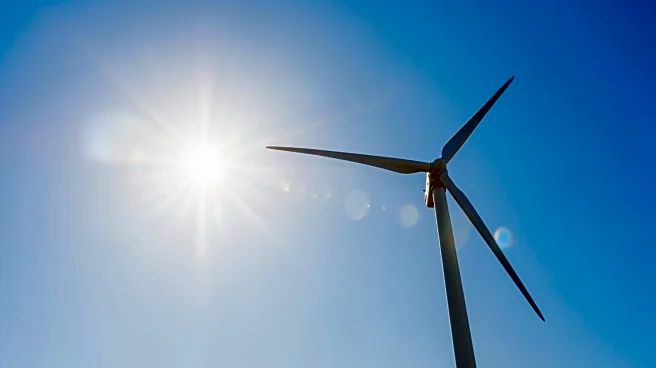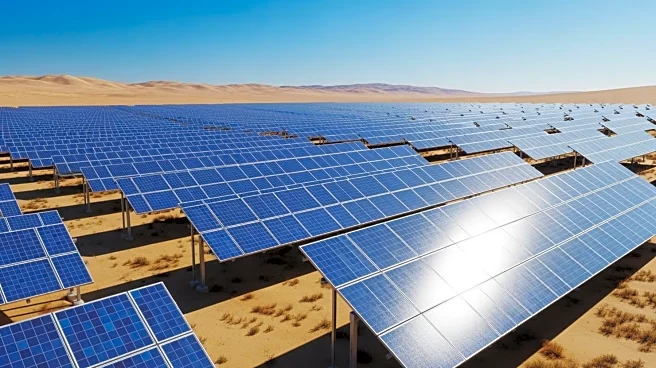What's Happening?
China has announced a new subsidy policy aimed at stimulating the production of green hydrogen, following delays in over 600 planned projects. The National Energy Administration reported that only 90 projects have
been completed, with 80 under construction. The subsidy, developed by the National Development and Reform Commission, offers a 20% reduction in capital expenditure for decarbonization investments, including green methanol and sustainable aviation fuels. The initiative seeks to address unstable demand and high costs, particularly in the transportation sector, and aims to accelerate hydrogen trading across Chinese boundaries.
Why It's Important?
The introduction of subsidies for green hydrogen projects is crucial for China as it seeks to maintain its position as the world's largest producer of clean energy. The policy is expected to reduce overall costs by 5 to 8%, potentially unlocking demand barriers and encouraging investment in renewable energy sectors. This move could have significant implications for global energy markets, as China positions itself as a leader in green technology and sustainable fuels. The focus on transportation, including shipping, highlights the potential for reduced carbon emissions in these industries.
What's Next?
The subsidy policy is anticipated to stimulate further investment in green hydrogen projects, potentially leading to increased production and trading activities. Observers expect China to continue developing domestic incentive systems to support industrial transitions toward net-zero emissions. The success of this initiative may influence other countries to adopt similar measures, fostering international collaboration in renewable energy development.
Beyond the Headlines
China's approach to green hydrogen investment reflects a strategic shift towards sustainable energy solutions, which could have long-term impacts on global energy policies. The emphasis on decarbonization and net-zero demonstrations may drive innovation in related technologies, such as carbon capture and storage. This development also raises questions about the balance between economic growth and environmental responsibility, as China navigates the complexities of transitioning to a low-carbon economy.


